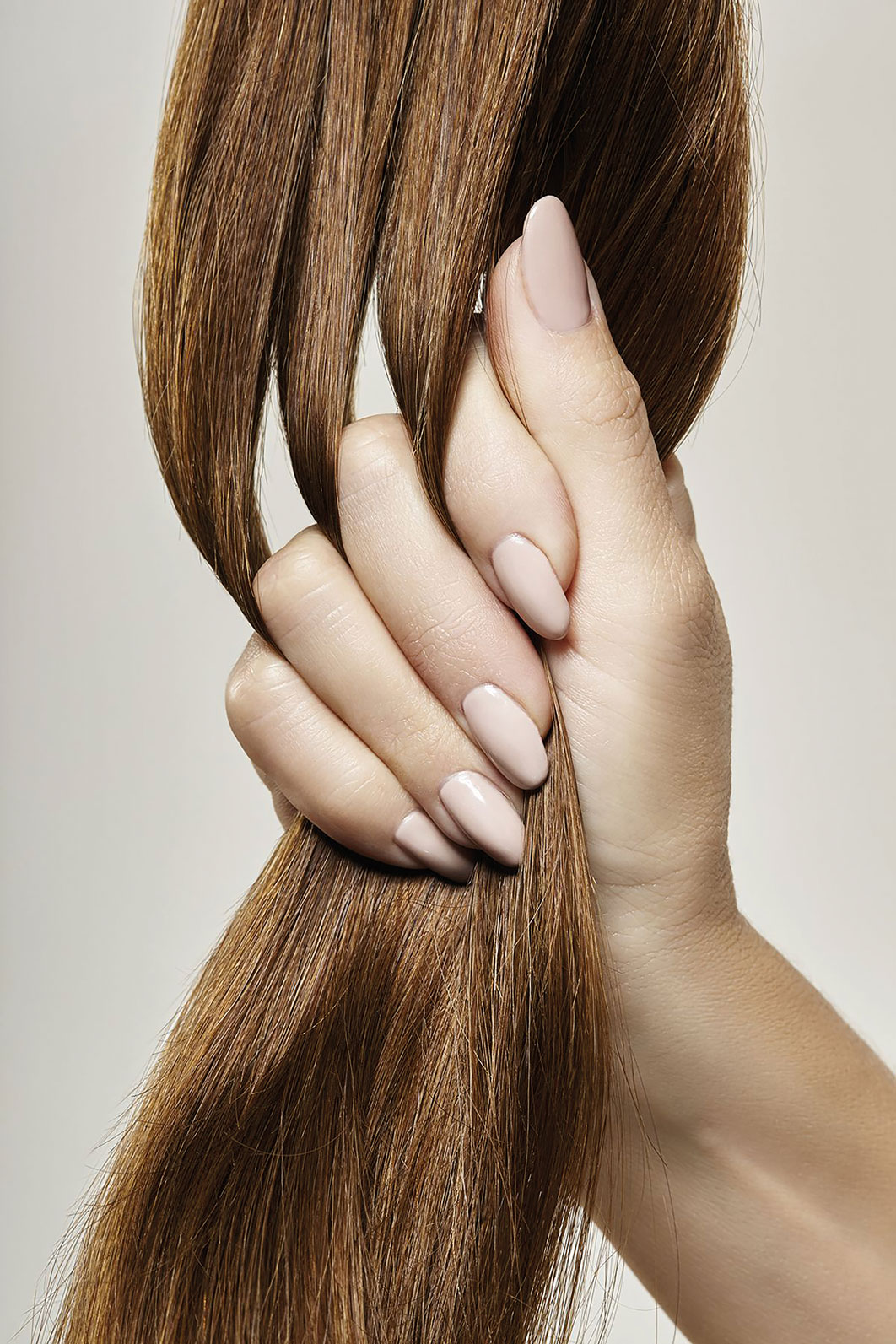COLUMN: BEHIND THE CLAIM
Understanding cosmetic claims for hair care products: What you need to know
KEYWORDS —
Cosmetic Regulations;
Claims;
Substantiation;
Cosmetic Science;
Cosmetic Science;
Hair Care.
In the world of beauty and hair care, cosmetic claims are crucial for catching the consumer's eye and building trust. As demand for specialised hair products grows, the words printed on a bottle can mean the difference between a product flying off the shelves or being left behind. But what exactly do these claims mean, and how can consumers—and brands—navigate the sometimes murky waters of hair care marketing? Let’s break down the fundamentals of cosmetic claims in the hair care industry.
Types of Cosmetic Claims
Cosmetic claims generally fall into two broad categories: functional claims and emotional claims. Both play a vital role in influencing purchasing decisions but serve different purposes.
- Functional Claims: These statements focus on measurable, tangible results. For example, they may include promises like “frizz control,” “volumising,” or “strengthens hair.” These claims often require substantiation through scientific testing or studies to validate the product’s efficacy. For example, if a shampoo claims to reduce frizz by x %, it must have evidence to support the claim, such as an instrumental study demonstrating its effectiveness.
- Emotional Claims: On the other hand, emotional claims tap into the consumer's desire for self-expression or self-improvement, evoking a particular lifestyle or experience. Phrases like “revitalises your hair” or “luxurious shine” appeal to the consumer’s desire to feel good about themselves, but they may not always be linked to scientifically measurable effects.
The Legal Framework for Cosmetic Claims
Cosmetic claims must adhere to certain legal regulations, which vary depending on the country or region. In the European Union, for example, Regulation (EC) No 1223/2009 governs cosmetic products, requiring that all claims be clear, accurate, and not misleading. Similar laws exist in the United States, where the FDA (Food and Drug Administration) oversees cosmetics, but with slightly different nuances.
Importantly, brands are prohibited from making medicinal or drug-like claims unless their products have been evaluated and approved as such. For instance, claiming that a hair product “cures hair loss” would not be allowed without proper testing and approval. Brands can say that a product “helps reduce hair thinning” as long as there is scientific support behind this more general claim.
Common Hair Care Claims Explained
Here’s a closer look at some of the most popular cosmetic claims you’ll find on hair care products and what they really mean:
- Anti-Frizz: These products often include ingredients like silicones, oils, or polymers that coat the hair, helping to reduce the frizz caused by humidity and dryness. For a claim to be valid, tests typically involve controlled humidity environments to evaluate how well the product controls frizz over time.
- Sulfate-Free: Sulfates are cleansing agents that are known to strip away natural oils from hair, which can be harsh for certain hair types. A “sulfate-free” claim means the formula uses alternative, often milder, surfactants that cleanse without the same drying effects.
- Hydrating/Moisturising: These claims imply that the product will add moisture or help retain it. Products with ingredients like glycerine, aloe, or hyaluronic acid often support this claim, and tests may involve measuring the moisture content in hair before and after use.
- Strengthening: This claim generally applies to products that aim to reduce hair breakage by fortifying the hair shaft. Ingredients like keratin, proteins, or amino acids are often used to make these claims. Strengthening claims are typically substantiated by tensile strength tests, which measure the force required to break hair strands before and after treatment.
- Colour-Protecting: These products are designed to help maintain the vibrancy and longevity of colour-treated hair. They usually contain UV filters or antioxidants to shield against fading. Tests for this claim often involve controlled exposure to UV light and heat to evaluate how well the product protects the hair.
The Rise of “Free-From” and “Sustainability” Claims
In recent years, consumers have become more ingredient-conscious, driving the popularity of “free-from” claims such as “free from parabens,” “silicone-free,” or “no synthetic fragrances.” These claims appeal to the growing demographic seeking "clean beauty" products. However, brands must be careful with how they frame these statements. They need to ensure the alternative ingredients used are equally effective and not misleadingly labelled.
Sustainability claims like “cruelty-free,” “vegan,” and “eco-friendly packaging” are also becoming important selling points. Consumers are not just concerned with what’s in the bottle but also how it’s produced and packaged. These claims must be validated by third-party certifications or clear, substantiated practices to avoid greenwashing (falsely promoting environmental responsibility).
The Importance of Consumer Education
While many cosmetic claims are regulated, there’s still a gap in consumer understanding. Terms like “natural” and “organic” are often loosely used in hair care marketing, and without proper context, consumers may be misled about a product’s actual benefits.
Brands need to invest in educating their customers, explaining the meaning behind their claims clearly and transparently. Labels should provide more than just appealing buzzwords; they should offer real information about how the product works and why certain ingredients were chosen.
Conclusion: Claims with Integrity

In today’s hair care market, cosmetic claims are not just marketing tools; they are promises to consumers. Brands that strive for transparency, backed by science, and resonate emotionally with their audience are the ones that build long-lasting relationships with their customers. For consumers, understanding these claims allows for more informed purchasing decisions and ensures that the products they choose meet their expectations, both functionally and emotionally.
As the landscape of hair care evolves, so too will the types of claims we see on packaging. But one thing will remain constant—brands that put integrity and honesty behind their claims will continue to thrive in an increasingly informed marketplace.
